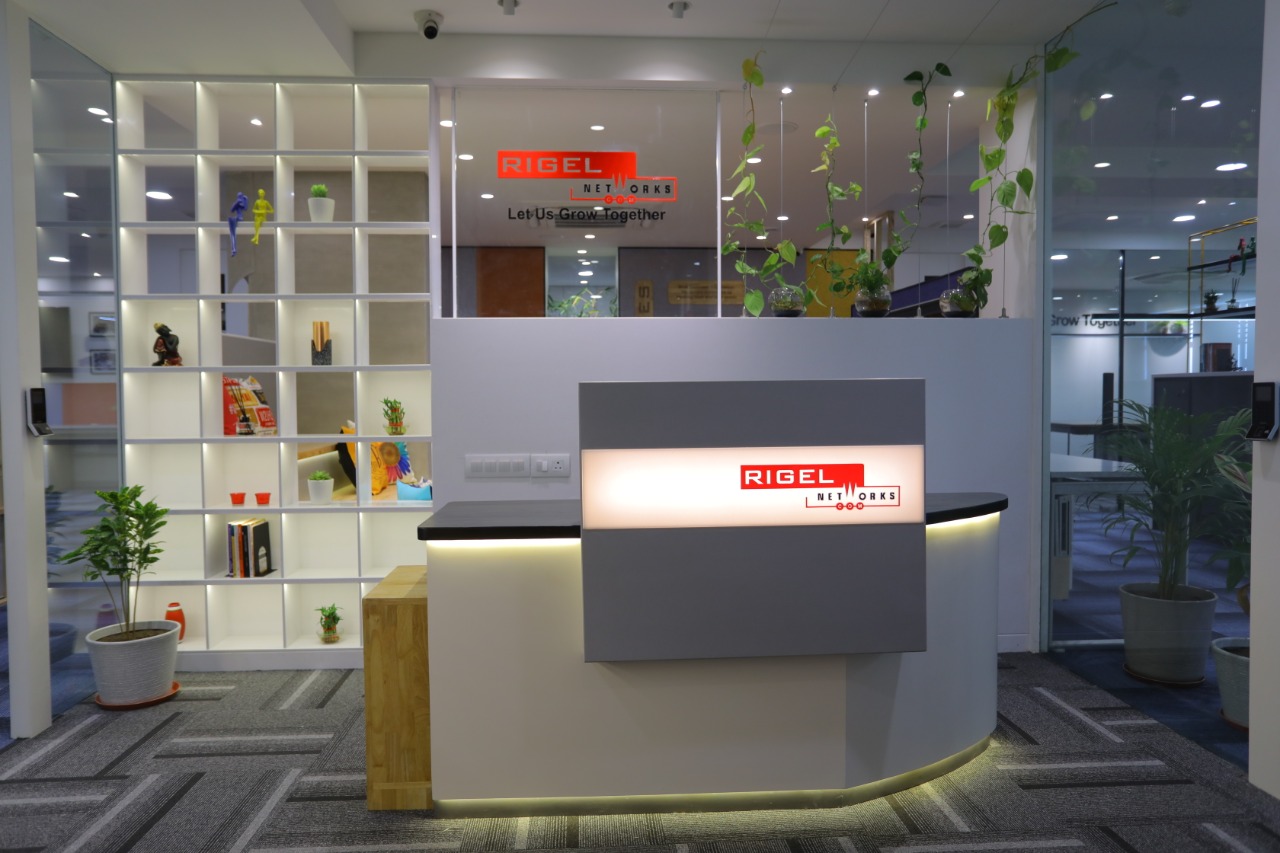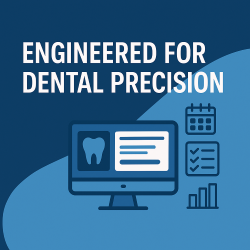In heavy engineering and fabrication industries, welding sits at the heart of structural integrity and product performance. However, ensuring consistent welding quality across complex shop-floor environments often remains a major challenge — driven by human variability, fragmented inspection processes, and limited traceability.
Poor welds can lead to costly rework, non-compliance with industry standards, and, most critically, product failures in the field. Traditional paper-based inspection logs and disconnected quality checks often fail to capture real-time defects or systemic root causes.
Our Quality Control Protocols with Shop Welding Enhancement solution transforms this scenario by fully integrating welding processes with AI-powered defect detection, structured inspection protocols, digital documentation, and actionable analytics — ensuring every weld meets design intent, regulatory compliance, and safety standards with complete traceability.
Key Use Cases & Capabilities
1. Centralized Storage of WPQR/WPS Documentation
Digitally store and manage Welding Procedure Qualification Records (WPQR) and Welding Procedure Specifications (WPS) in a secure repository.
Benefits:
-
-
Instant access for audits, compliance checks & production teams
-
Eliminates paperwork and version control issues
-
Quick retrieval for inspections and approvals
-
2. Automated Qualification Expiry Alerts
Set automated expiry notifications for welder certifications, WPS validations, and qualification renewals.
Benefits:
-
-
Prevents unqualified personnel from performing critical welds
-
Ensures continuous regulatory compliance
-
Simplifies workforce certification management
-
3. Pre/Post-Weld Inspection Checklists
Digital inspection templates ensure consistent data capture for pre-weld preparation and post-weld evaluations.
Benefits:
-
-
Eliminates checklist variations across inspectors
-
Ensures 100% coverage of inspection points
-
Early detection of potential weld quality risks
-
4. In-Process Weld Inspections
Enable real-time inspections during welding operations, capturing parameters such as heat input, travel speed, and filler material usage.
Benefits:
-
-
Identify deviations early before weld completion
-
Reduce scrap and rework costs
-
Continuous process control aligned with design specifications
-
5. Root Cause Analysis & Defect Trend Monitoring
Use AI-powered defect detection and historical analysis to identify recurring quality issues, material variances, and operator errors.
Benefits:
-
-
Data-driven improvement of welding processes
-
Early identification of systemic issues
-
Supports continuous improvement and Six Sigma initiatives
-
6. Weld Repair & Rework Management
Digitally log, track, and analyze weld repairs with full traceability from defect identification to corrective action closure.
Benefits:
-
-
Reduce repeated repair cycles
-
Detailed analytics for cost-of-quality reporting
-
Clear accountability and audit trails
-
Role-Based Access & Interfaces
Role |
Key Actions & Interface |
|---|---|
| Welding Supervisor | Schedule inspections, assign qualified welders, review inspection results |
| Quality Inspector | Conduct digital inspections, record findings, flag defects |
| Production Manager | Monitor quality KPIs, track repair activities, authorize work releases |
| Compliance Officer | Access audit-ready documentation, verify certifications, generate compliance reports |
| Admin | Manage user roles, configure checklists, update WPS database |
Before vs After – Problem Solving Matrix
Old Problem |
New Digital Solution |
|---|---|
| Paper-based weld records | Centralized digital WPQR/WPS repository |
| Missed welder qualification expiries | Automated certification alerts |
| Inconsistent inspection processes | Standardized digital checklists |
| Reactive defect management | AI-powered real-time defect detection |
| Poor traceability for repairs | Full rework tracking with audit trails |
Analytics & Dashboards
-
-
Weld Defect Heatmap
-
Certification Expiry Dashboard
-
Rework & Repair Cost Analysis
-
Inspection Compliance Rate
-
Operator-wise Defect Frequency
-
Root Cause Categorization Reports
-
Use Case Impact – Real Industry Examples
Example 1: Offshore Platform Fabricator
-
-
Reduced non-conformance reports (NCRs) by 35% after implementing real-time inspections.
-
Example 2: Heavy Equipment Manufacturer
-
-
Cut rework costs by 40% using AI-based defect detection and predictive root cause analytics.
-
Example 3: EPC Contractor for Power Plants
-
-
Achieved 100% audit-readiness for ASME Section IX and ISO 3834 standards with digital WPQR/WPS management.
-
Why Choose This Solution?
-
-
Fully digitizes welding quality management lifecycle
-
Seamless ERP, MES, and PLM integration
-
Enables AI-powered predictive quality improvement
-
Supports global compliance standards (ASME, AWS, ISO)
-
Scalable for multi-factory and multi-project environments
-
Increases throughput while reducing cost of quality
-
Get Started
Looking to build world-class welding quality programs with full digital integration? Let us show you how our Shop Welding Enhancement Solution can reduce defects, control costs, and safeguard compliance.









